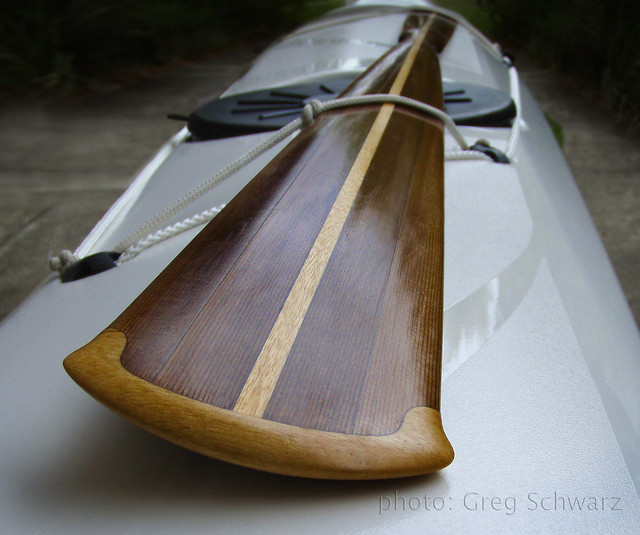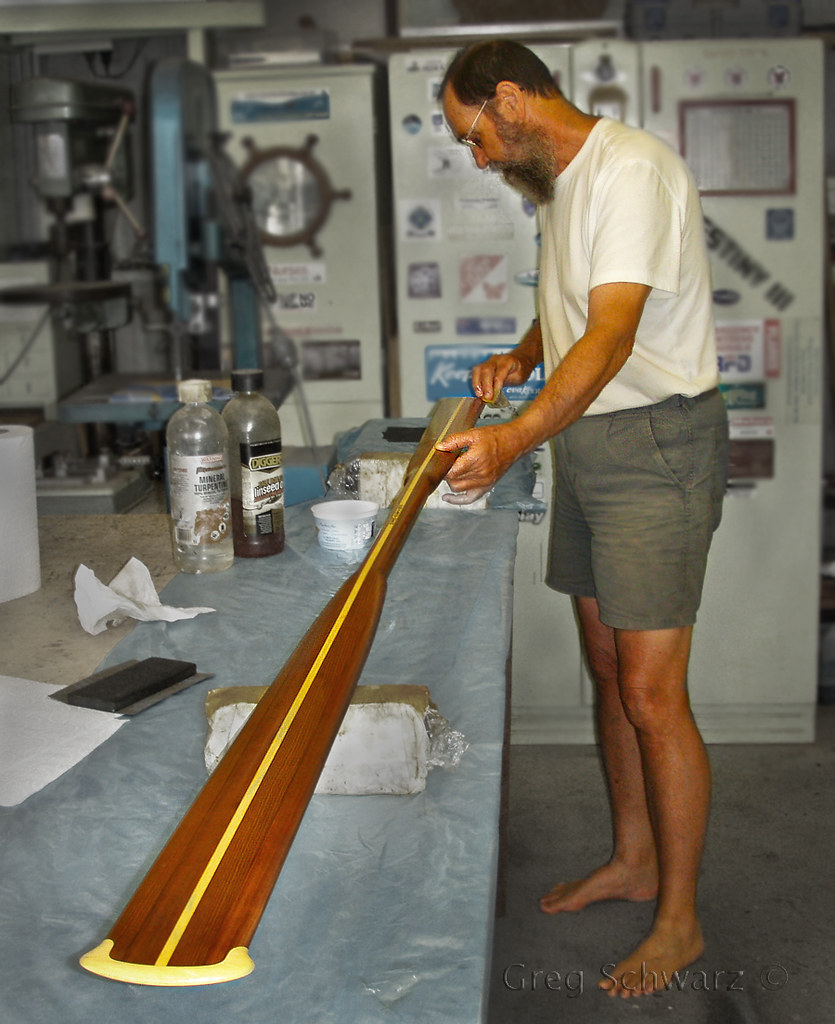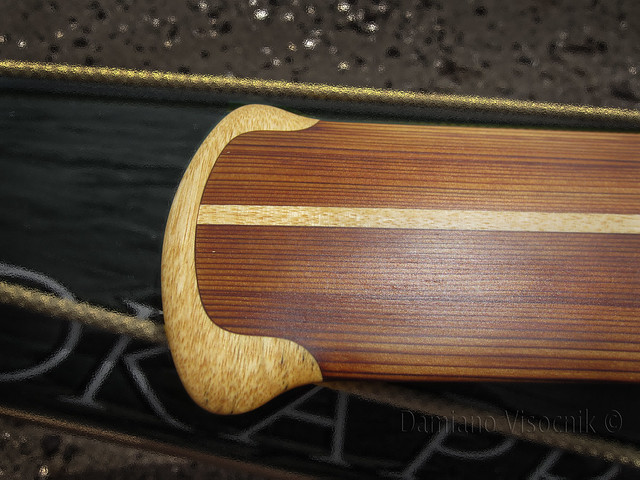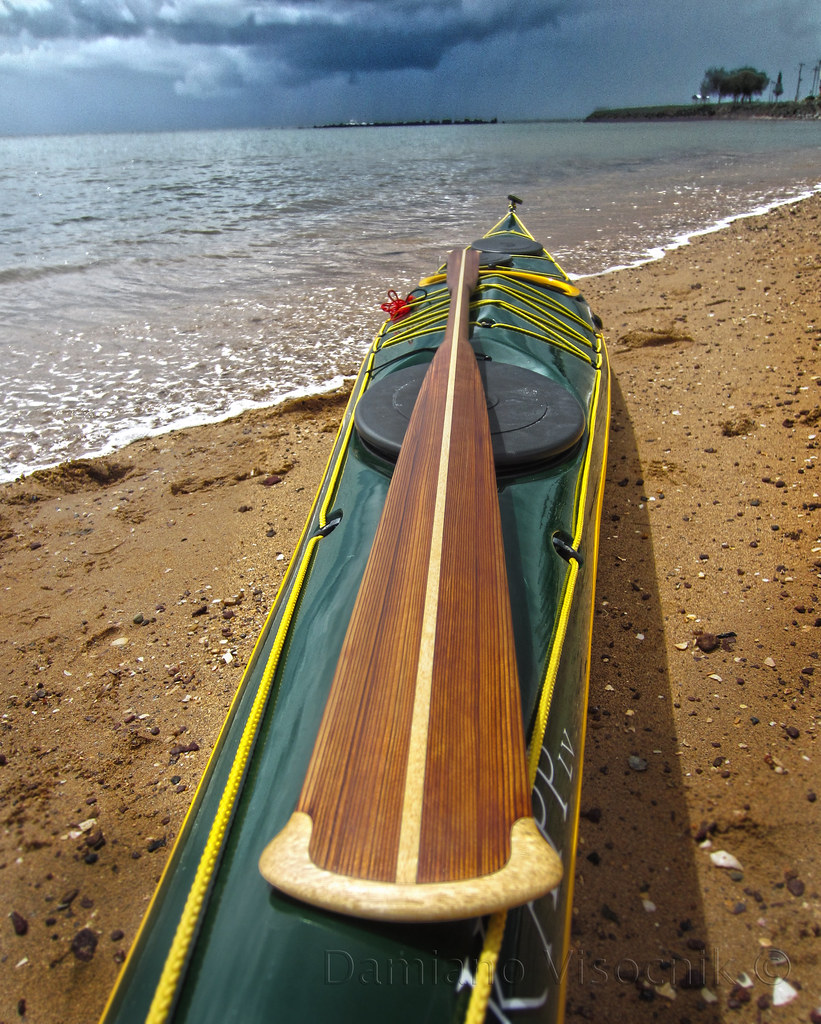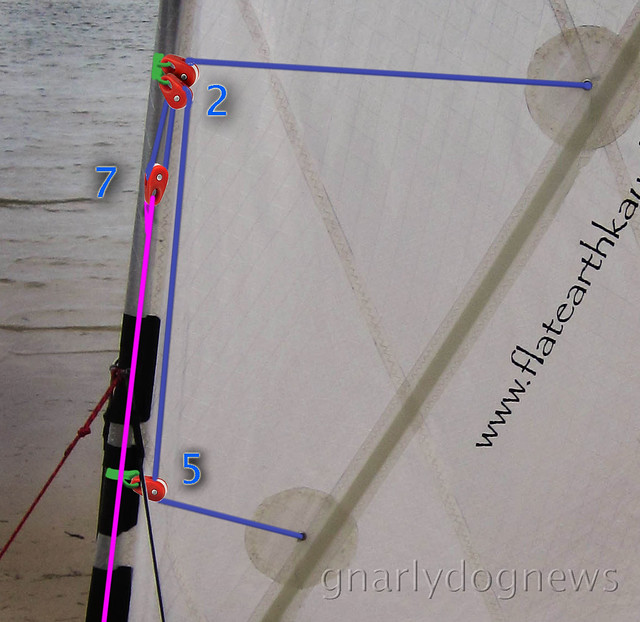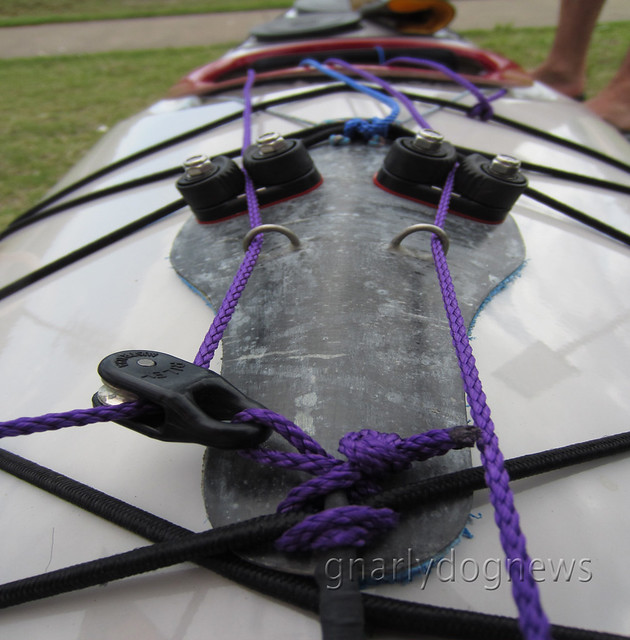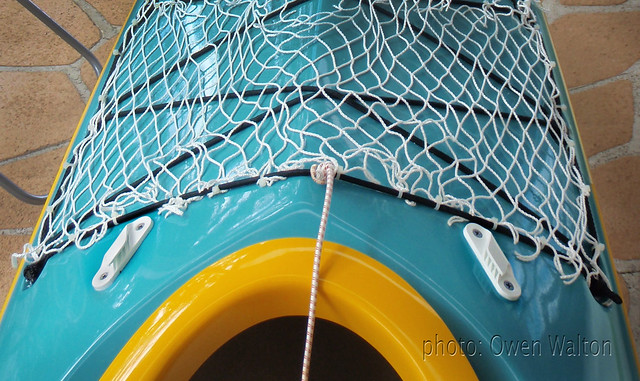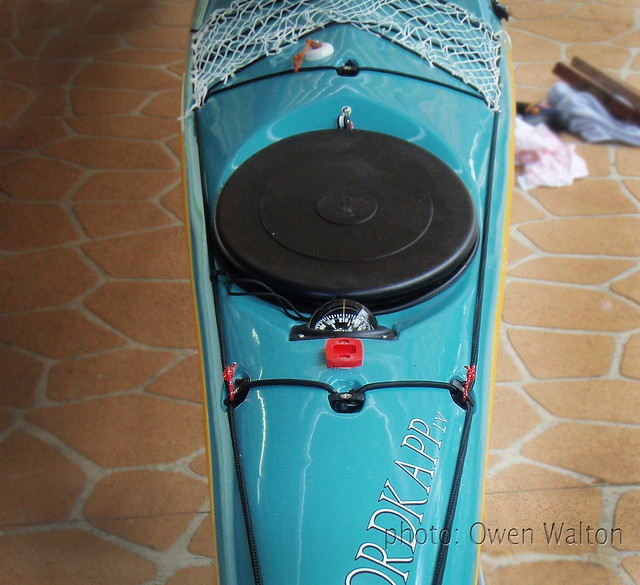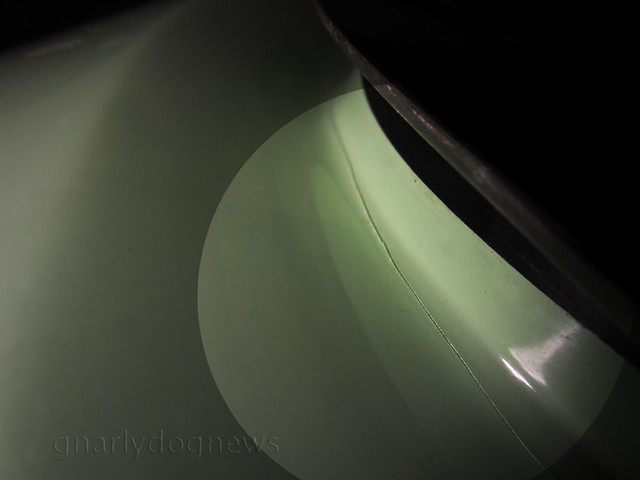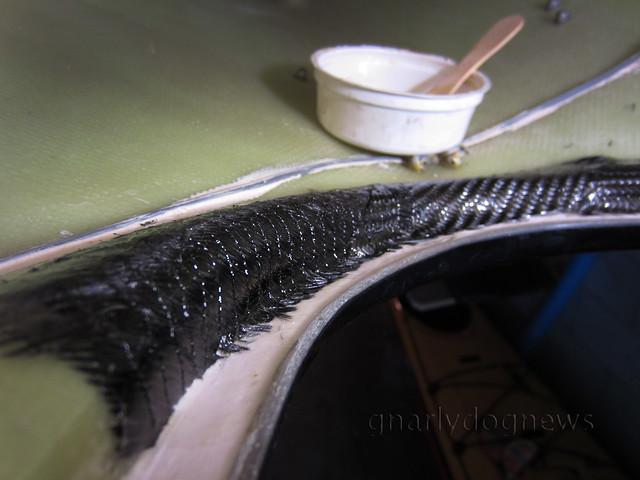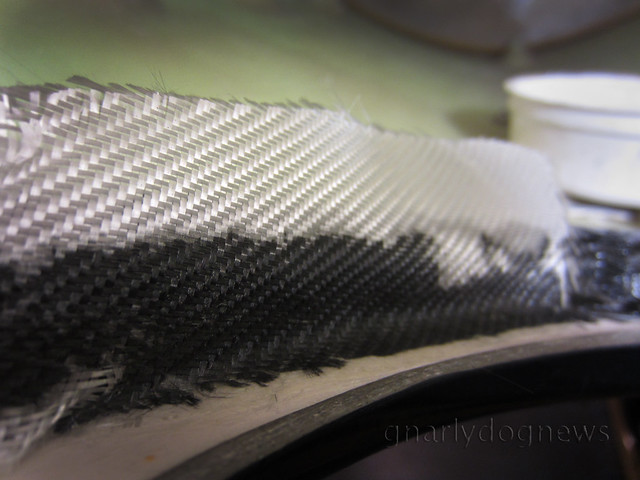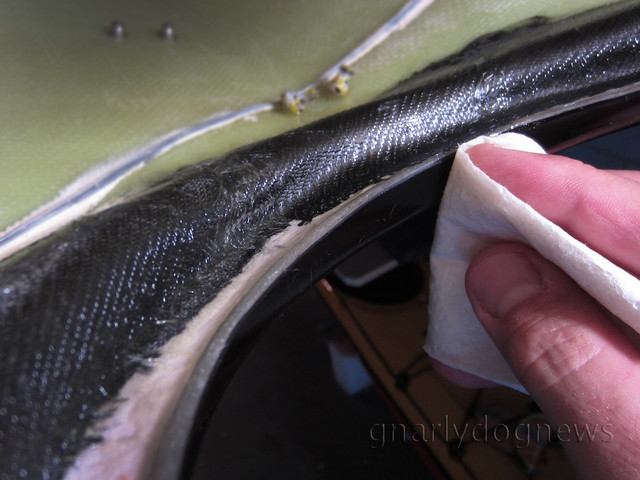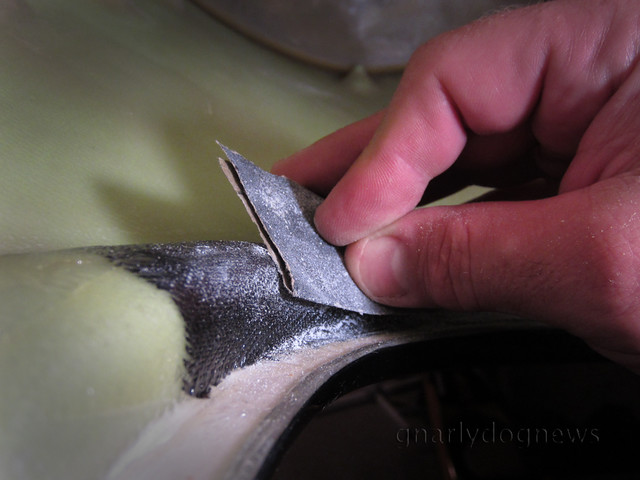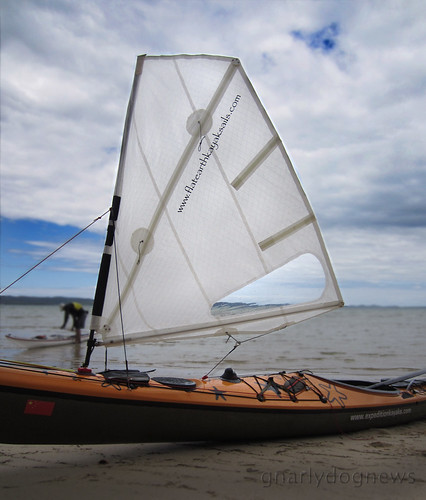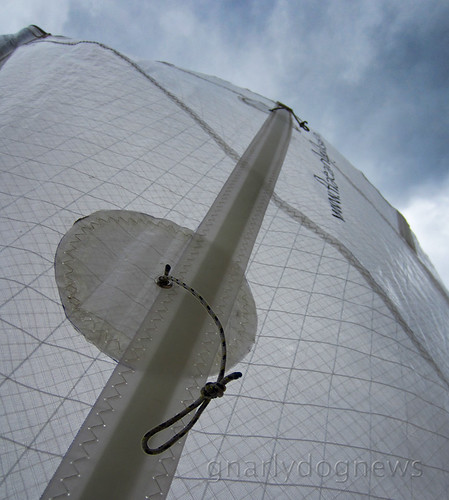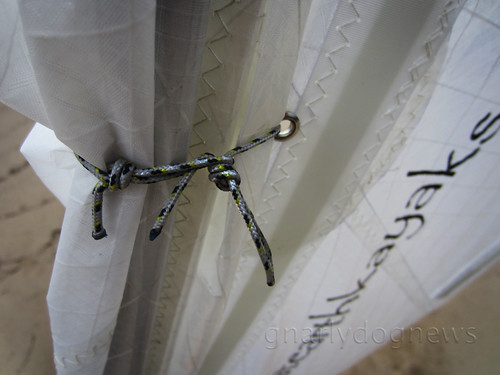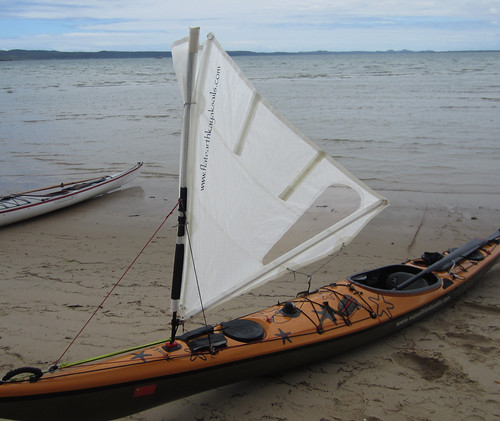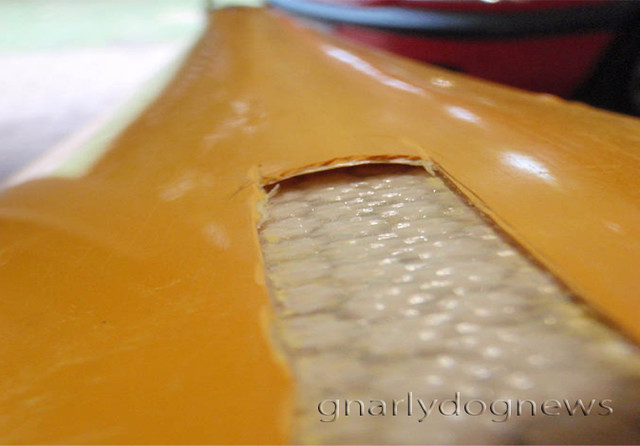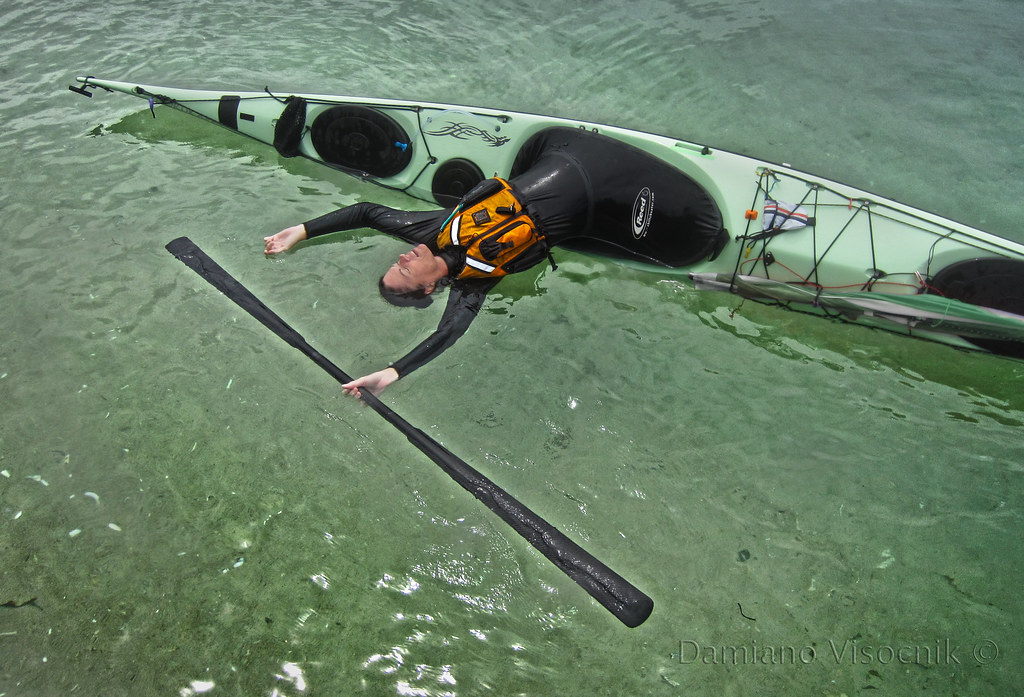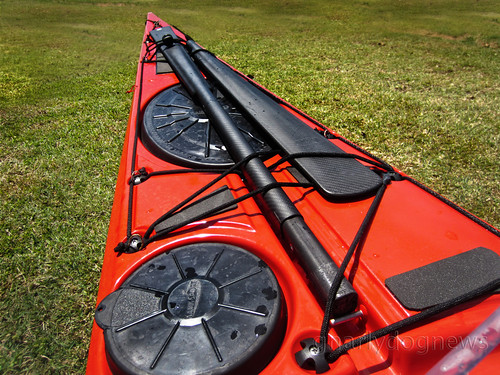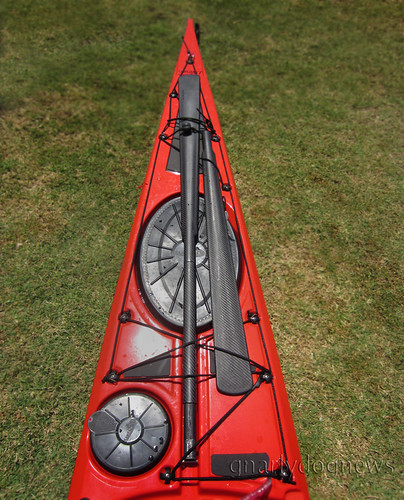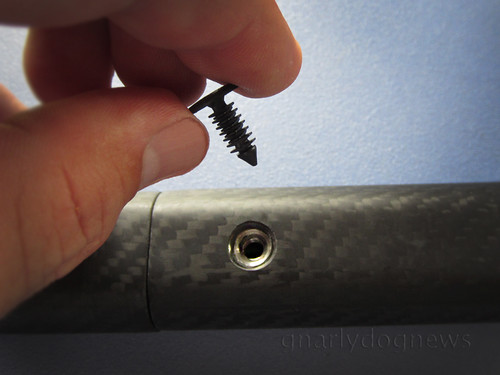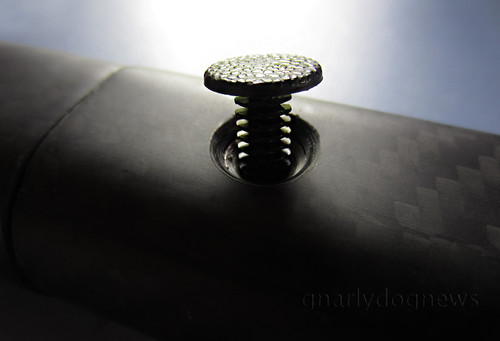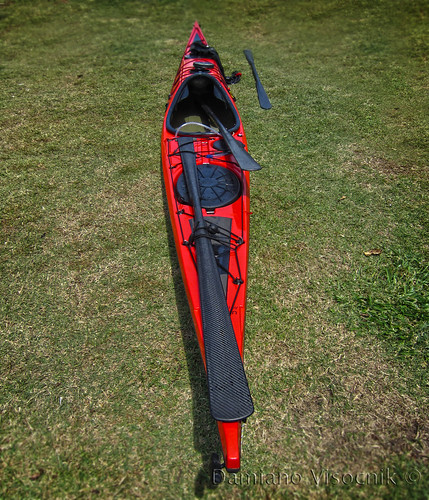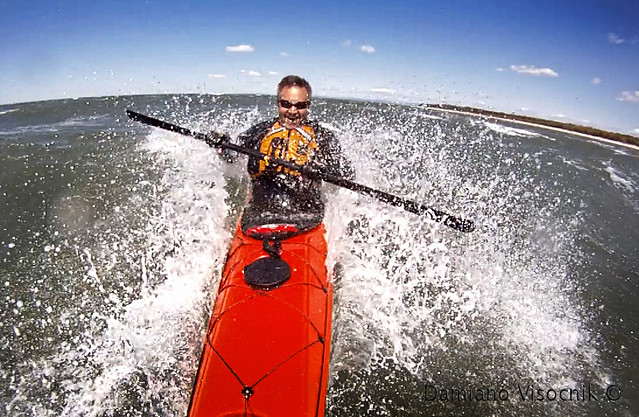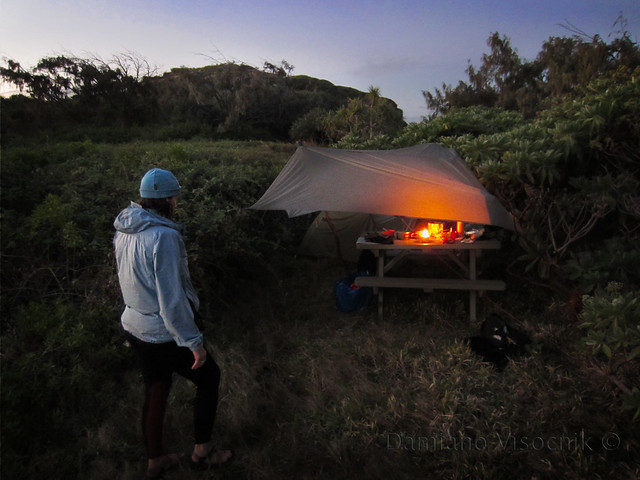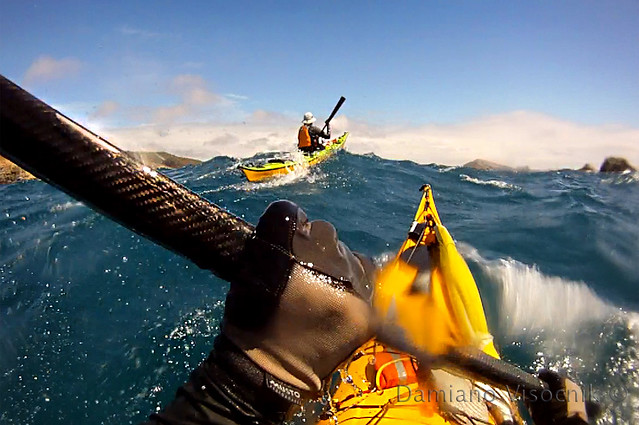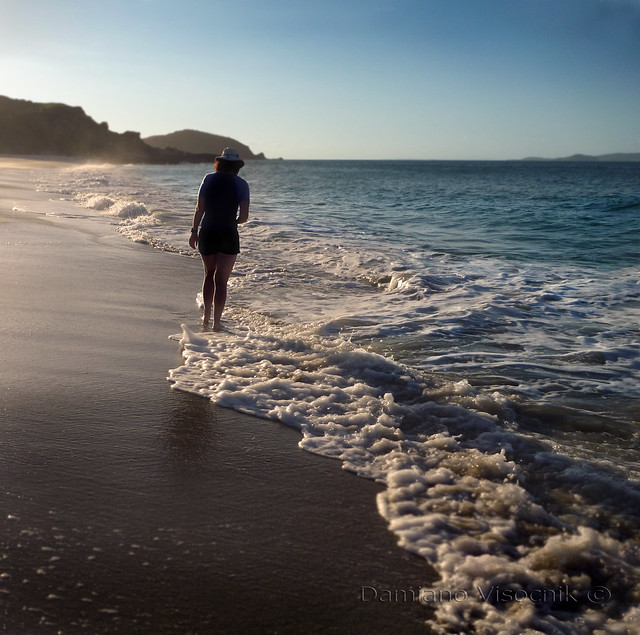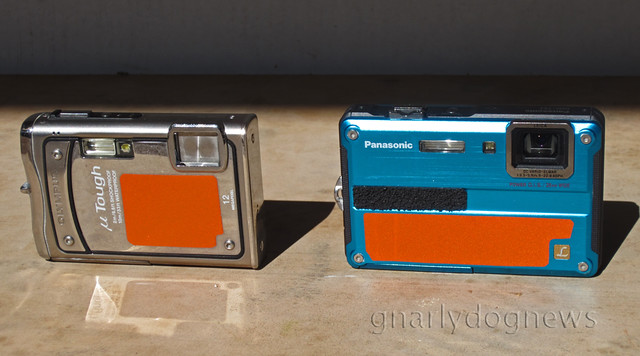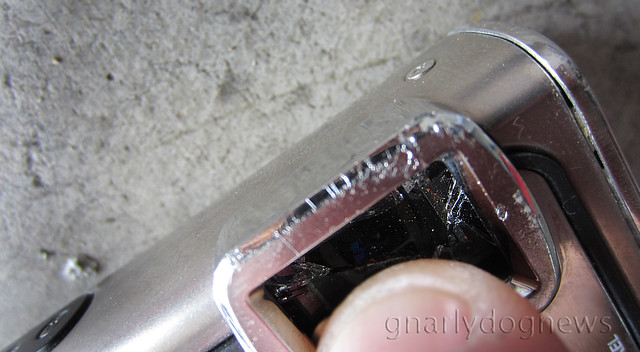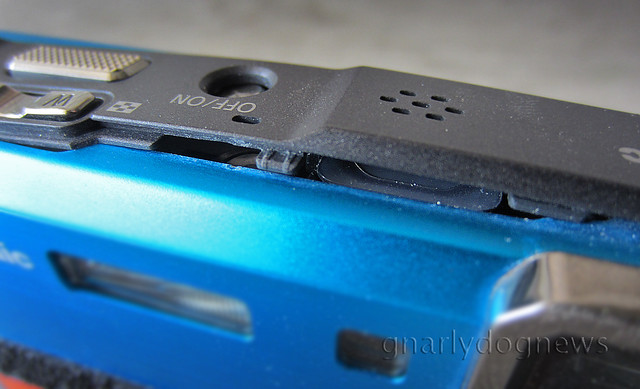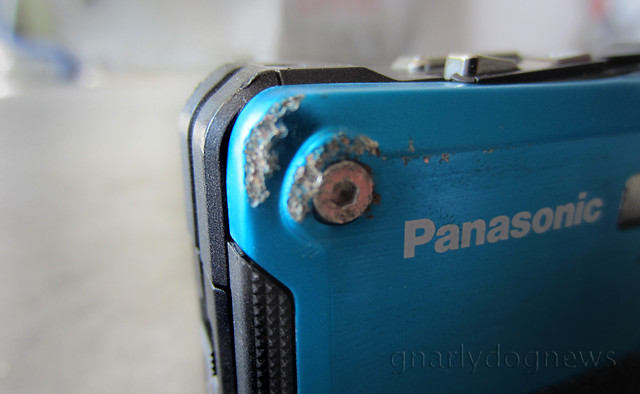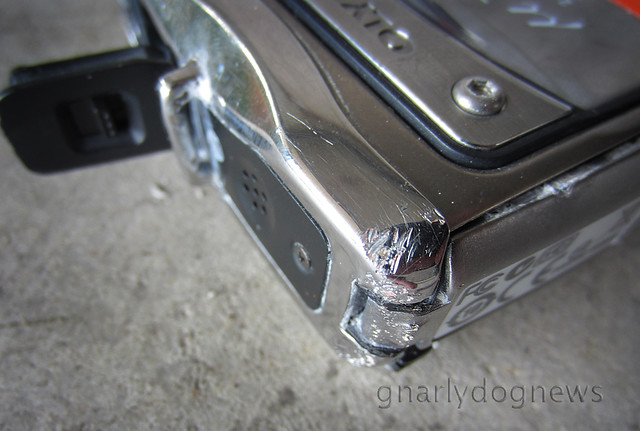It appears that some members of the local paddling community still live in the dark ages.
I am not alluding to the half hearted bickering that’s going on between the virtues of rudders over skegs, or wing paddles versus old school traditional paddles.
I am talking about the attitude that some old fashioned men have towards women.
While I have rarely noticed a direct hostile attitude towards women (luckily only one individual has been so far a
total pig) some guys just have not been able to embrace women as valid companions (and occasionally competitors) on the water.
I might console myself with the notion that majority of sea kayakers are (statistically) old and that most still bear old fashioned attitudes ingrained at an early age.
I have a hard time understanding that. And I didn’t necessarily grow up in a hippie environment or a women only household, far from it.
My environment (I was schooled in Italy) was probably just as chauvinistic as the local one, however I have tried to treat women with the respect that modern society has evolved to.
Way too often I have heard denigrating comments around fellow paddlers and I no longer seek the company of those individuals.
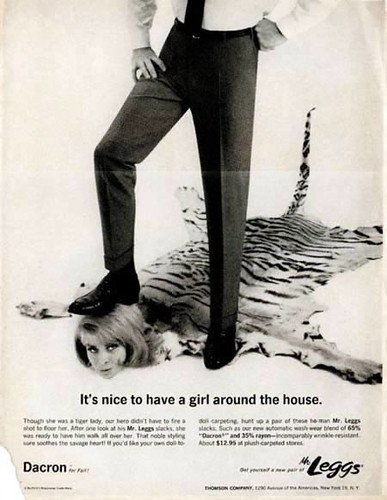
My experience with women in sport has been an outstanding one. I have been involved on teams that have sponsored and helped women athletes to win national titles (NORBA). I have been part of mixed teams racing mountain bikes at amateur level and I have always participated in outings where women were part of the group. There has not been a single occasion that I wished I was out with the guys only, quite the opposite.
Women bring balance to a group of overdriven testosterone fuelled males and surprisingly enough often school them. The guys can learn so much from women involved in sports and outdoors. Above all women can teach the “army type” guy to be considered towards other; something that can occur in a group of males-only; where resentment towards the self appointed leader, that drives the group too hard, erupts.
Surprisingly enough however some women have grown to accept such behaviour from the old school thinking males.
It also appears that reportedly some women are condemning efforts to change this attitude; as it has been observed that often partners in abusive relationships are prone to actually defend the abuser even if knowing that they are dangerous.
Could a similar behaviour be happening here where women are actually OK with the sexist behaviour?
Could it be the cause of an education system that involuntarily supports chauvinism and alienates these individuals from really seeing the problem (they kind of got used to it and see nothing wrong with it)?
More on this later…
While it seems to be foreign to some individuals the attitude that they display towards to the “gentler sex”, it also seems that they feel threatened by the skills, knowledge and achievements that women are capable of.
I hear you saying: “but women suck at sports”!
That might be true for brute-force style sports but it is not the case with sea kayaking. With sea kayaking guys can be the disadvantaged ones. Sea kayaking is more often about finesse, flexibility and technique than power. I am taking about sea kayaking, not “who-gets-there-first-wins” paddling. Women have an advantage when rolling if nothing less.
It’s the attitude from these chauvinistic guys that often keeps the girls from not wanting to participate in some outings.
There have been a couple of on-water events held exclusively for women, not because women are chauvinist, quite the opposite, but because they feel often threatened by the behaviour that some guys display towards them.
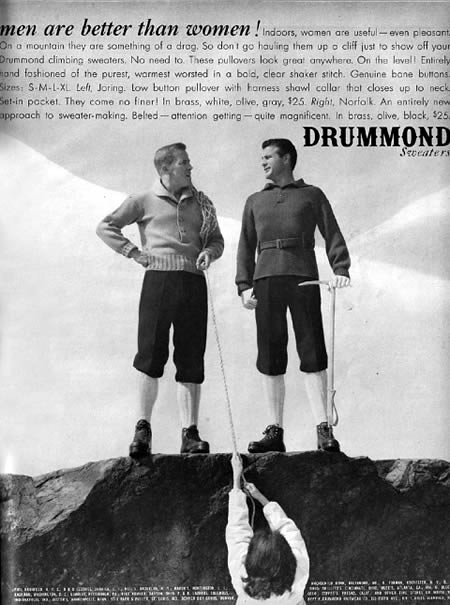
Hands up who has not heard the denigrating comment towards high achieving sports women: “I think she must be a dyke”.
So, when called upon, the transgressor often acts hostile instead of apologetic; of course, their behaviour has been questioned…
Can it be that Australian males perpetuate this mentality because of the education system? I am led to believe so.
Same sex segregated schooling has been documented to foster bad attitude towards the opposite sex. There is a marked difference in behaviour between students that have been educated in schools that are mixed and others that have gone to same-sex schools. I come from a mixed-school education and I had the opportunity to witness first-hand a marked difference when same-sex schooled individuals interact with the opposite sex: often awkward and too many times wrong.
It might be called un-Australian to not behave that way but having lived in several different countries around the world I can say that I have never seen such poor attitude towards women as here.
There are very few western world nations that have such high percentage of same-sex schooling as Australia.
However it is refreshing to see that this chauvinistic attitude seems to be prevalent only with the older generation and it is not really displayed amongst the people I work with (younger crowd).
And just like when I blew the whistle on the Sexual Harassment case with Queensland Sea Kayak Club, members of the local paddling community were rather hostile when I brought to their attention a public sexist comment.
You can’t teach an old dog new trick (or change his behaviour).
Last but not least: the condescending behaviour that some retailers of sea kayaking equipment have towards women.
The automotive industry has managed to change its behaviour towards the increasing female buyer of cars (once an exclusive domain of "the Man"). I personally can attest that some women have resented from purchasing goods from retailers that were treating them chauvinistically.

References:
Queensland Sea Kayak Club, SEQSK forum, Qajaq Newsletter, Funtessea


